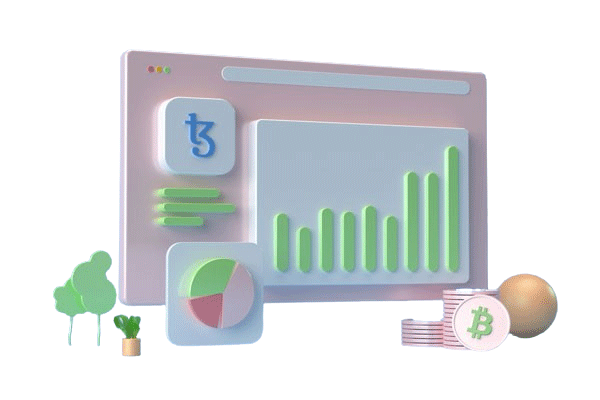FAQs
Frequently Asked Questions
Get answers to the most common questions about algorithmic trading. Learn about strategies, risks, and how to start trading algorithms effectively and safely.
Algorithmic trading involves using computer algorithms to automatically execute trades in the financial markets based on pre-set conditions. These algorithms can analyze large datasets, identify patterns, and execute trades faster and more efficiently than humans.
Algorithmic trading offers faster execution of trades, reduced human error, and the ability to backtest strategies using historical data. It also allows traders to execute complex strategies and automate trading around the clock without emotional influence.
Algorithmic trading can be safe for beginners, but it is essential to understand the underlying strategy and risk management principles. Improper algorithms or misconfigurations can lead to significant losses. It's important to start with small investments, conduct thorough testing, and use stop-loss limits.
Building an algorithm requires knowledge of programming (e.g., Python or C++), financial markets, and quantitative analysis. Start by identifying a strategy, like momentum or mean reversion, and then code it using relevant data sources. Backtest the algorithm on historical data before applying it to live trading.
Risks include system glitches, overfitting of strategies, and market volatility. Algorithmic trading can magnify losses if the program is poorly designed or if unexpected market events occur. Additionally, algorithms may act too quickly, leading to "flash crashes" or high-frequency trading errors.
To start algorithmic trading, you need a trading platform that supports algorithmic execution, a programming language (e.g., Python), and access to reliable financial data. Tools like MetaTrader, Interactive Brokers, and TradingView are popular choices for building and executing algorithms.
